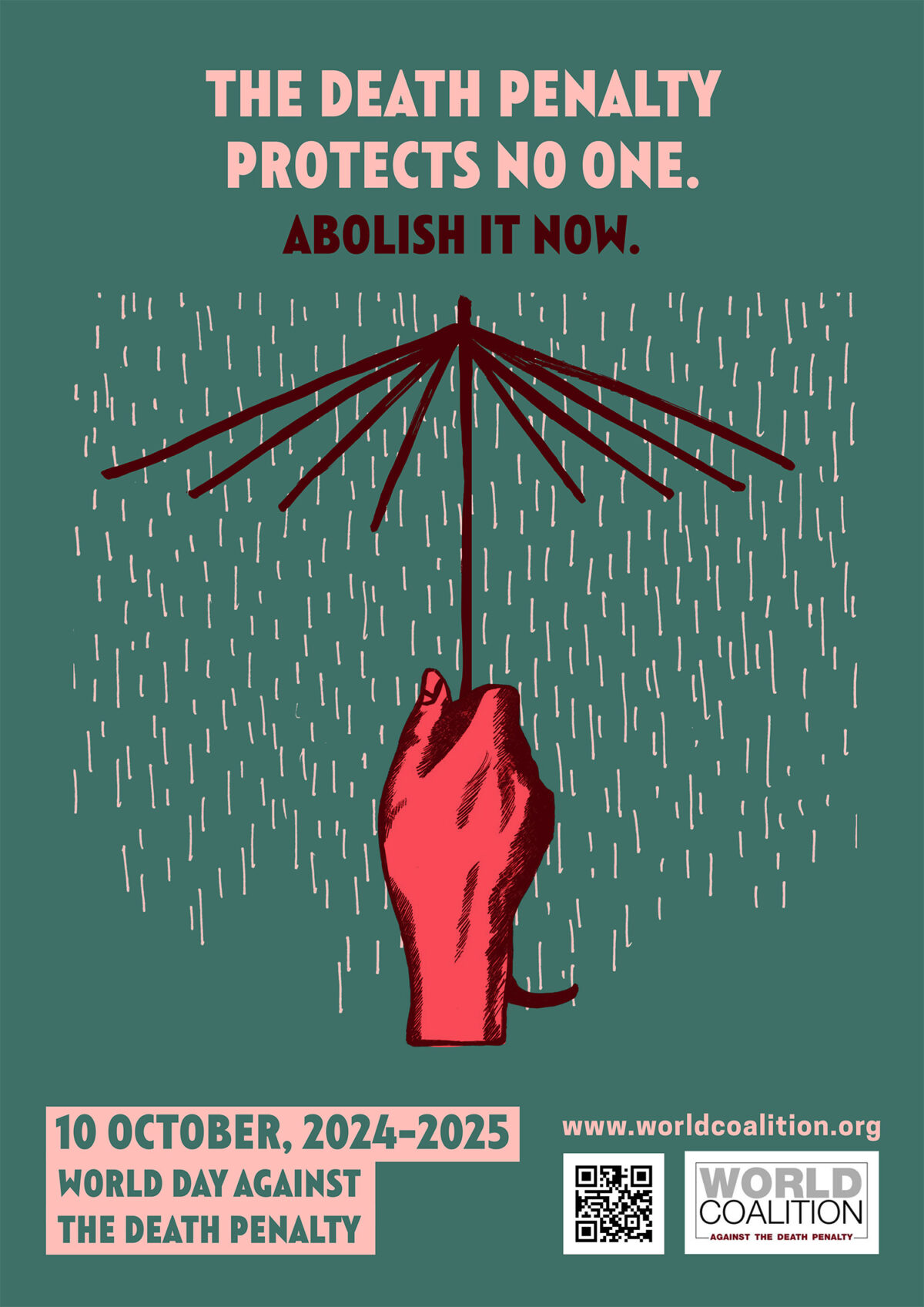Article
Exonerations in the United States 1989 Through 2003
In this paper we use reported exonerations as a window on false convictions generally. We can’t come close to estimating the number of false convictions that occur in the United States, but the accumulating mass of exonerations gives us a glimpse of what we’re missing. We located 340 individual exonerations from 1989 through 2003, not counting at least 135 innocent defendants in at least two mass exonerations, and not counting more than 70 defendants convicted in a series of childcare sex abuse prosecutions, most of whom were probably innocent. Almost all the individual exonerations that we know about are clustered in the two most serious common felonies: rape and murder. They are surrounded by widening circles of categories of cases that include false convictions that are rarely detected, if ever: rape convictions that have not been reexamined with DNA evidence; robberies, for which DNA identification is useless; murder cases that are ignored because the defendants were not sentenced to death; assault and drug convictions that are forgotten entirely; misdemeanor convictions that aren’t even part of the picture. Judging from our data, any plausible guess at the total number of miscarriages of justice in America in the last fifteen years must run to the thousands, perhaps tens of thousands, in felony cases alone. We can, however, see some clear patterns in those false convictions that have come to light.
- Document type Article
- Countries list United States
- Themes list Innocence,



